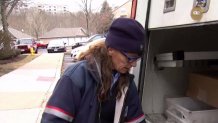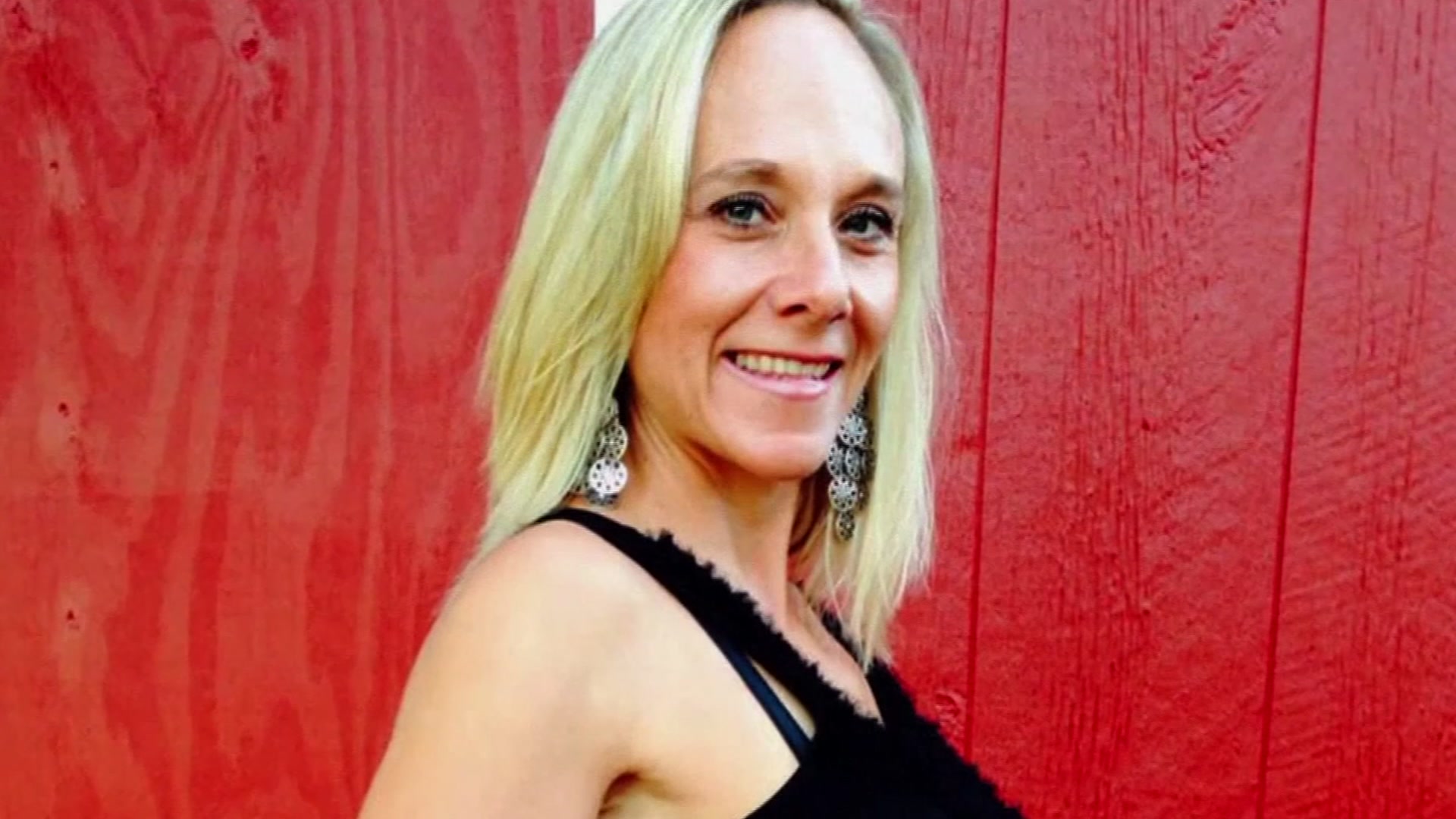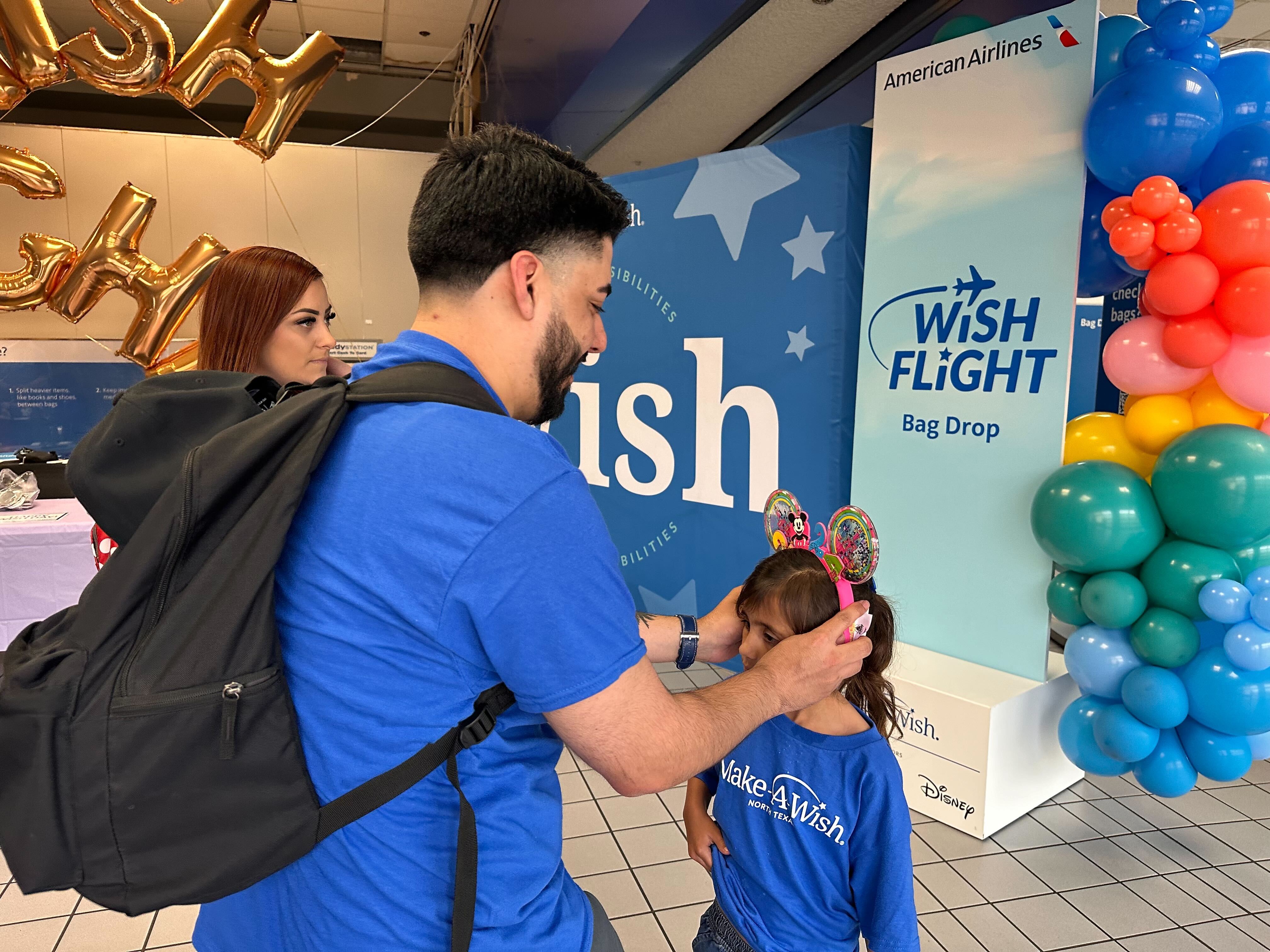Exploring the Final Frontier is as easy as visiting Journey to Space, the traveling exhibition making its first Texas stop at the Perot Museum of Nature and Science in Dallas.
Developed by the Science Museum of Minnesota in partnership with the International Space Station Office of NASA’s Johnson Space Center, the California Science Center and partner museums, the exhibition is designed to arouse curiosity about space exploration.
“We have some great interactives. We have some great terms to help teachers and students understand space and inspire the next generation,” Astronaut General Thomas Stafford said.
Stafford is familiar with the artifacts in the 10,000-sq. ft. exhibition. In 1962, NASA selected Stafford in the second group of astronauts. He flew four missions to space, including Gemini 6, Gemini 9, Apollo 10 and Apollo-Soyuz.
The Apollo 10 mission was the first to fly a lunar module on the moon and he demonstrated manually flying the Saturn 5 booster into orbit. His Apollo-Soyuz mission ended the space race with the first meeting in space between American astronauts and Soviet cosmonauts.
“We have a common goal. We have different languages, different cultures, vastly differently political systems, but we can achieve a common goal,” Stafford said.
He helped develop techniques of space rendezvous and demonstrated an early rendezvous that would be used in Apollo lunar missions.
“I just thank God I had the opportunity to be in those pioneering days where every mission was something new to be done, something that had never been done before,” Stafford said.

The exhibition begins with a video of President John F. Kennedy’s 1961 challenge to have a man walk on the moon before the end of the decade.
Local
The latest news from around North Texas.
“I liked the words 'safely return.' It was an all-out push, but it showed America at its best,” Stafford said. “It was a great national goal. To me, it was one of the greatest unifying efforts in the country I’ve witnessed in my career. That was the goal, but the big question was how do we go to the moon. From there, the devil is in the details.”
The exhibition unfolds to reveal how astronauts traveled to the moon and beyond. Visitors learn about the dangerous extremes in space and how astronauts navigate those conditions to conduct experiments. Neil Armstrong’s helmet and gloves from the Apollo 11 mission show the wear-and-tear of space exploration. The food astronauts eat and how they eat it demonstrates the complexities of life in space. Visitors can sit on a space toilet and learn about waste management in space. The design of astronauts’ space suits is detailed, and guests can feel what it is like for astronauts to work while wearing inflating space gloves.
Other interactive stations include working a robotic arm and testing gravity in a drop tower. In a rotating mock-up of the Destiny Lab, the primary research facility on the International Space Station, visitors can get a dizzying sense of floating in space. Journey to Space 3D, a twenty-minute film in The Hoglund Foundation Theater, a National Geographic Experience is narrated by Patrick Stewart and explains future missions, including capturing asteroids and landing on Mars.

Part of the exhibition discusses the future of space exploration and the current privatization of space travel. Visitors are asked to consider how much the government should spend on space exploration.
The exhibit explains how much money is currently spent and how that amount compares to the nation’s other budget priorities. Using plastic chips, visitors can vote to increase or decrease spending or keep spending at the current level.
Stafford hopes the history of shared resources and the ingenuity of scientists and explorers in the 1960s will spark the creativity of a new generation.
“In five years and four months, we started from scratch and we built the world’s biggest building by volume, we built the world’s two biggest launchpads, and the world’s biggest booster and launched it successfully,” Stafford said as he offered advice to those being told something is impossible. “Always say, ‘If not, why not? Why can’t we do it? Can we get rid of some of those regulations? Can you get rid of some of those restraints and think outside the box and think of what you could do better?’”
In addition to challenging conventional thinking, Stafford has succinct advice for the youngest explorers visiting Journey to Space who dream of following his lead. “Study hard,” he said.
Journey to Space will be on view at the Perot Museum of Nature and Science through May 6, 2018.
MORE: Perot Museum - Journey to Space
Kimberly Richard is a North Texan with a passion for the arts. She’s worked with Theatre Three, Inc. and interned for the English National Opera and Royal Shakespeare Company. She graduated from Austin College and currently lives in Garland with her very pampered cocker spaniel, Tessa.



